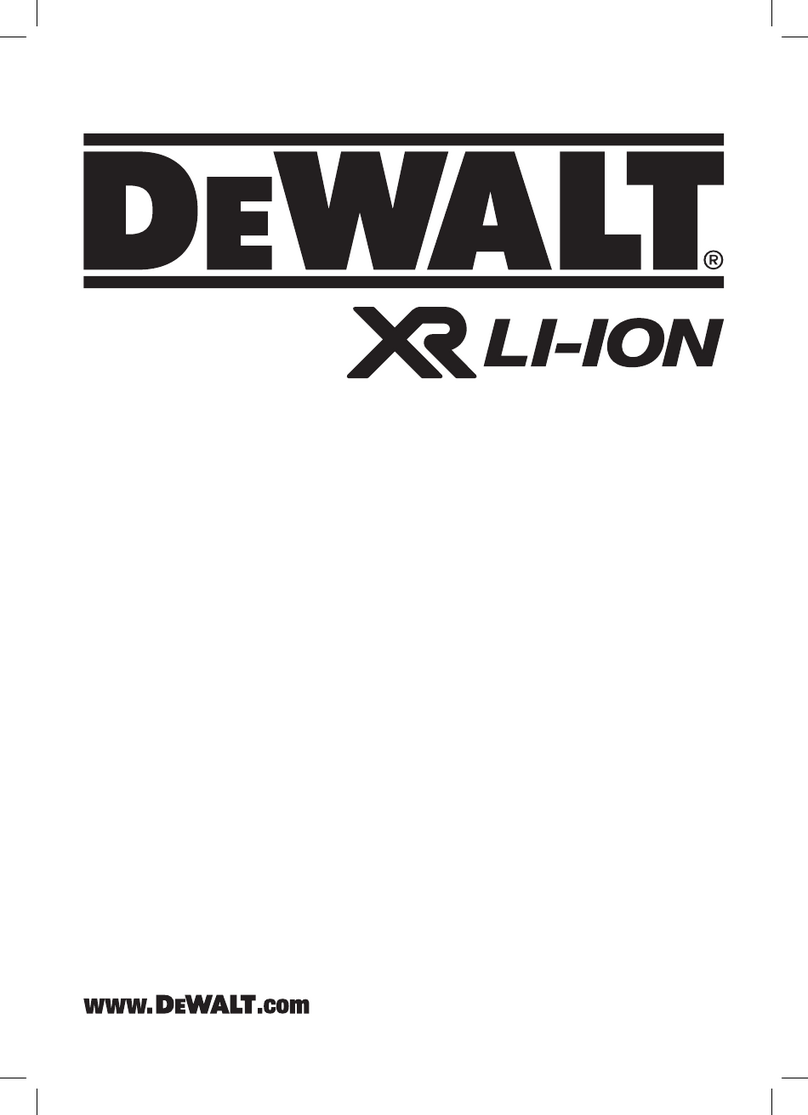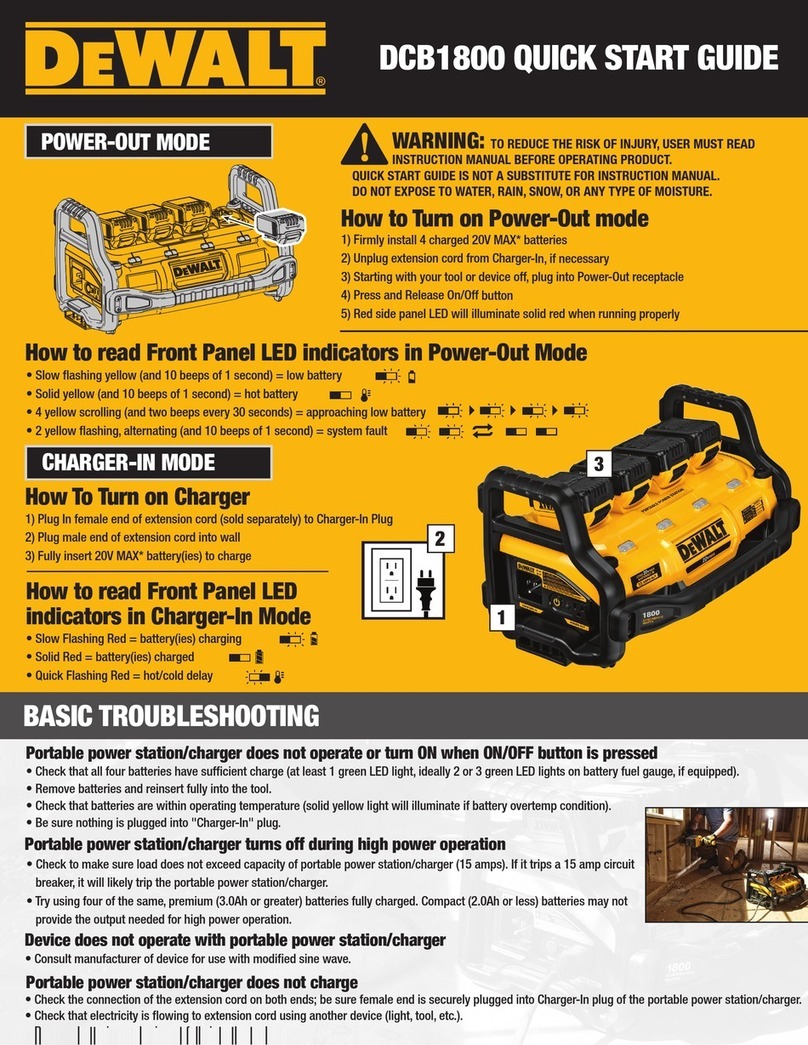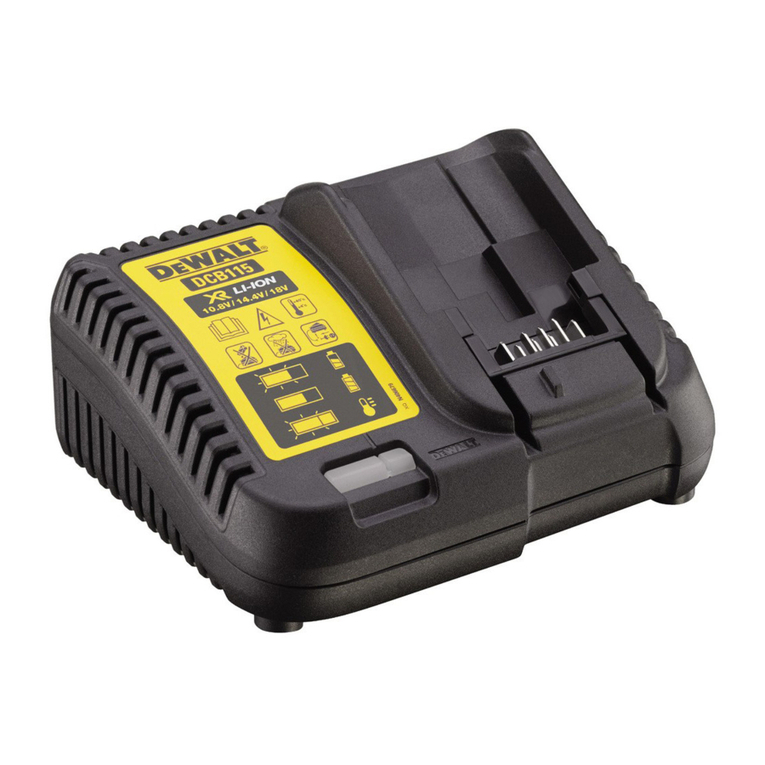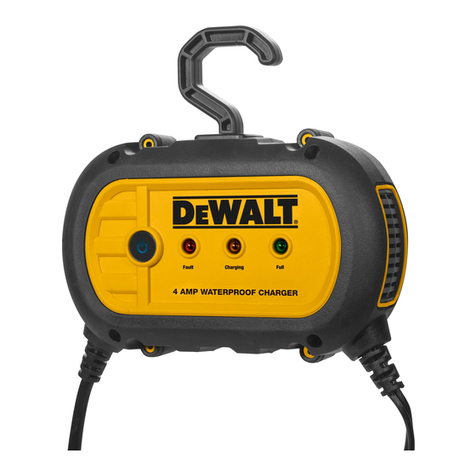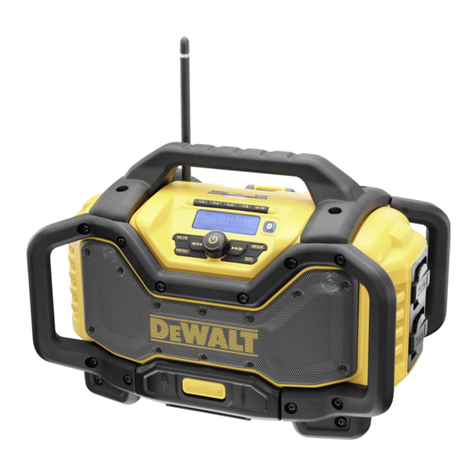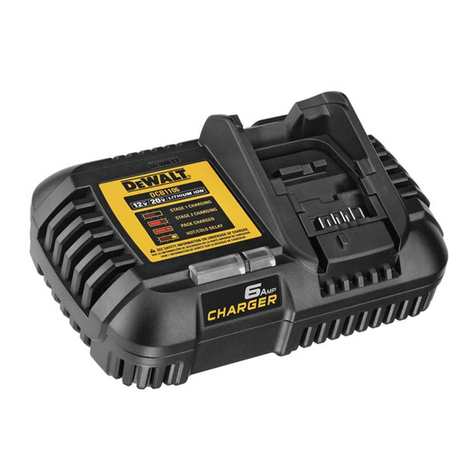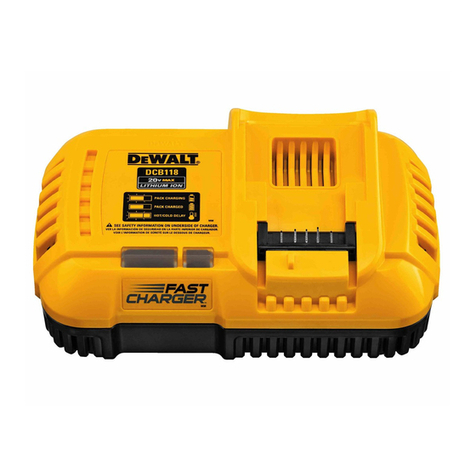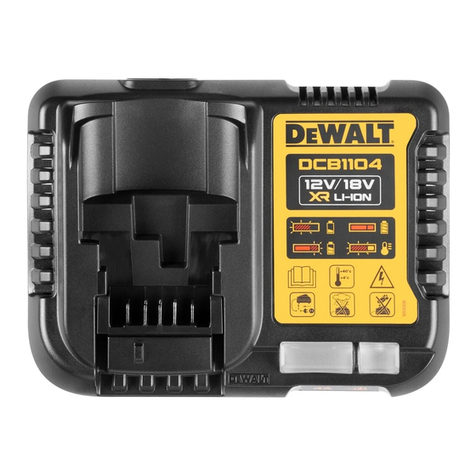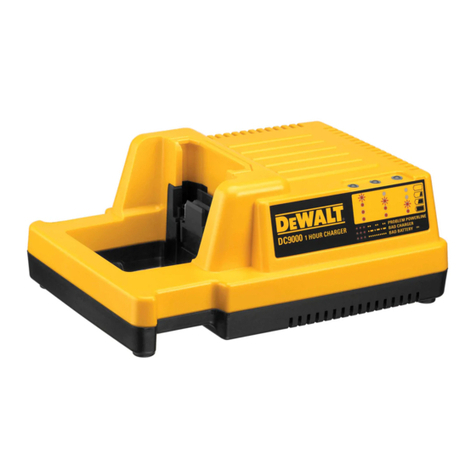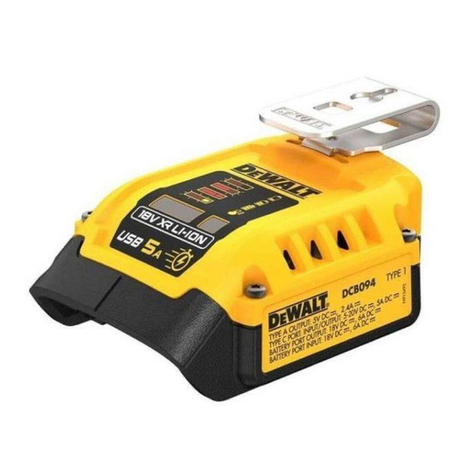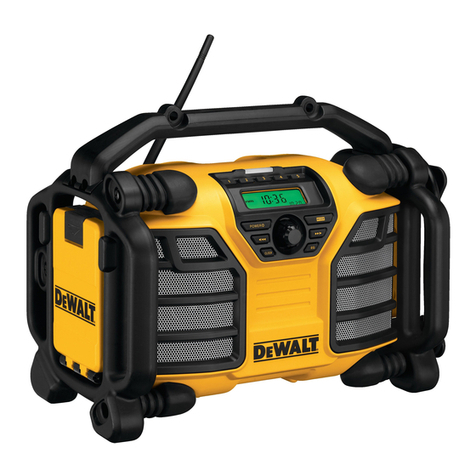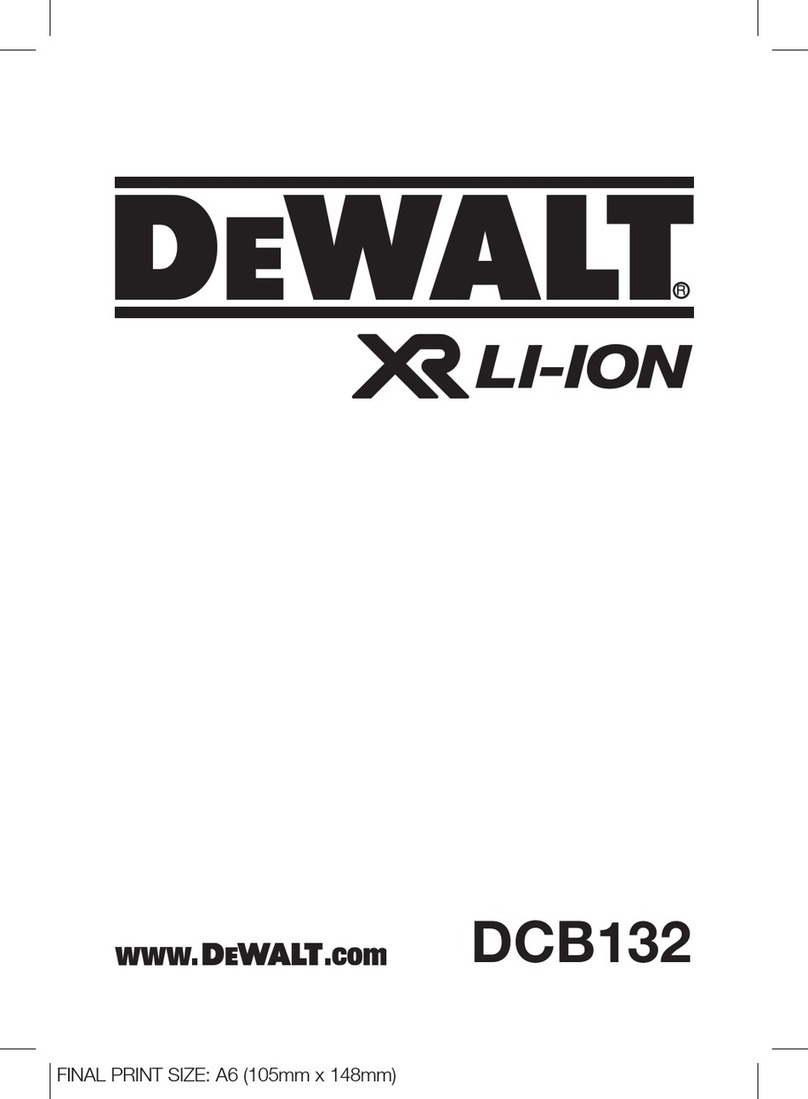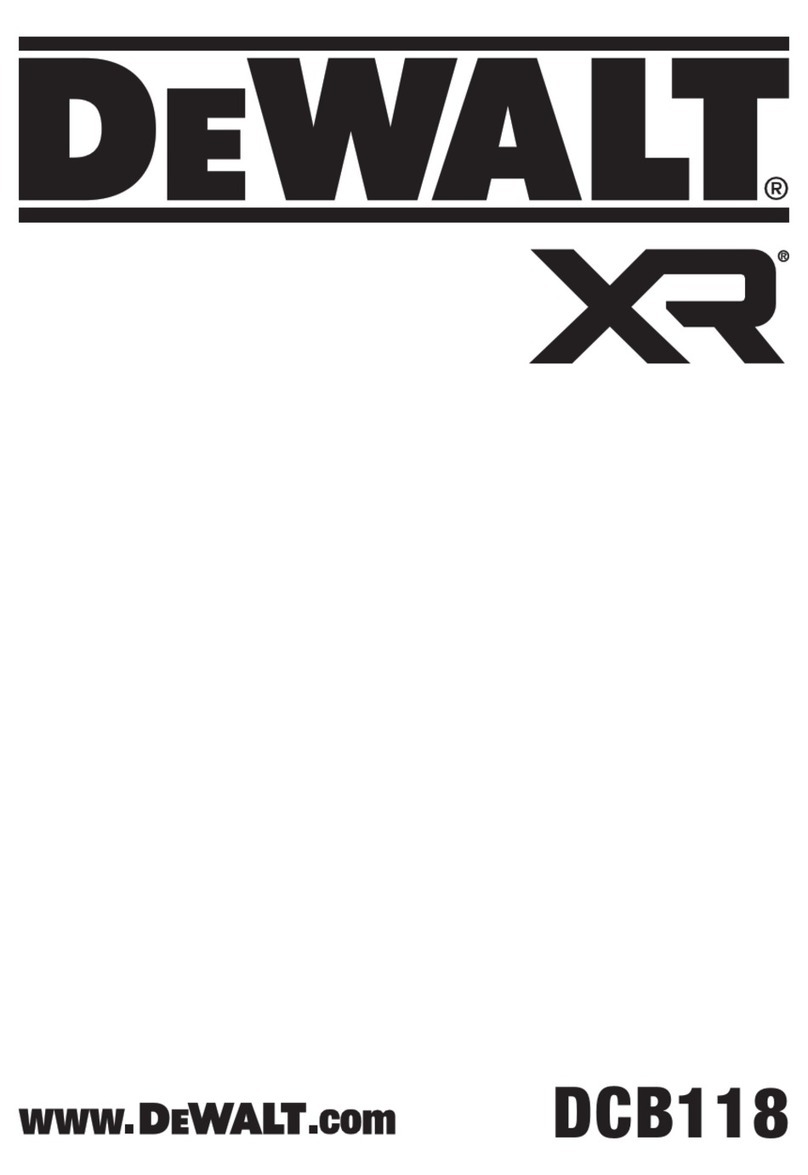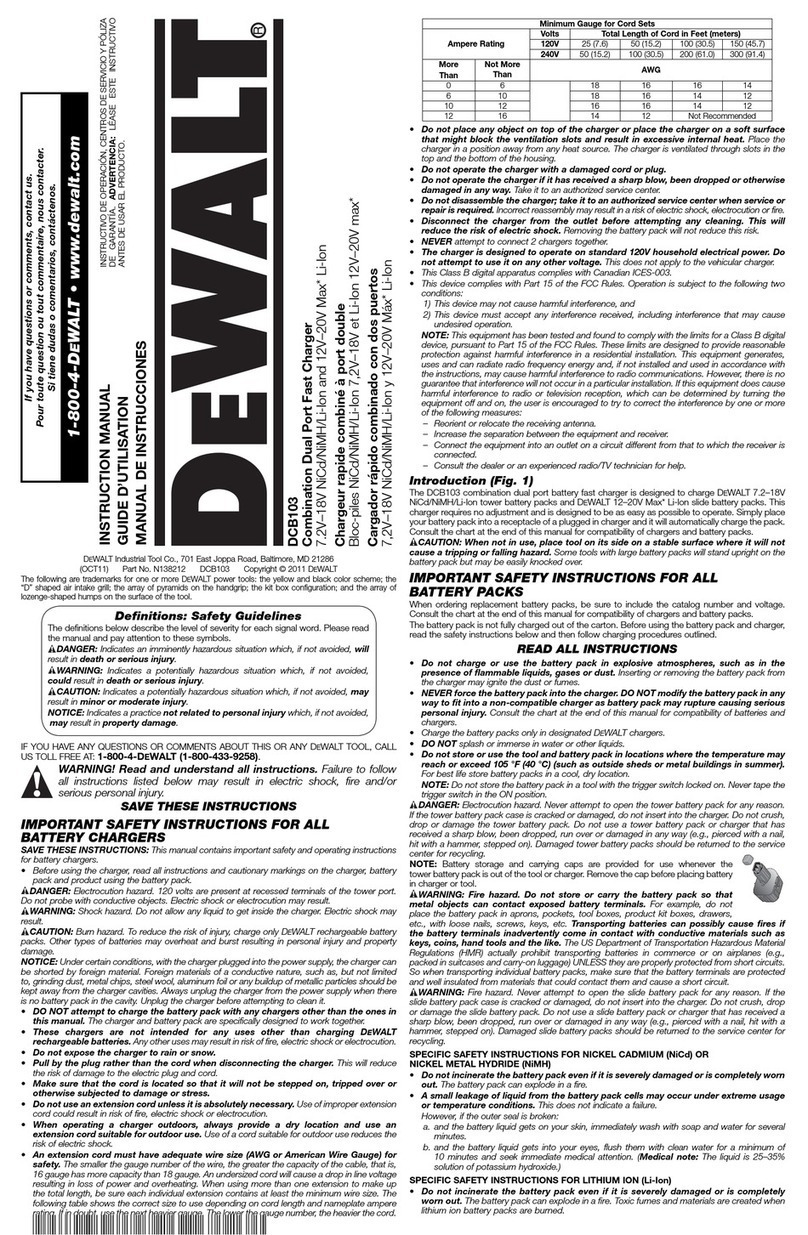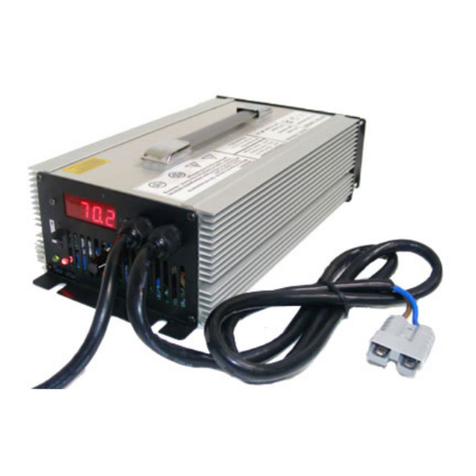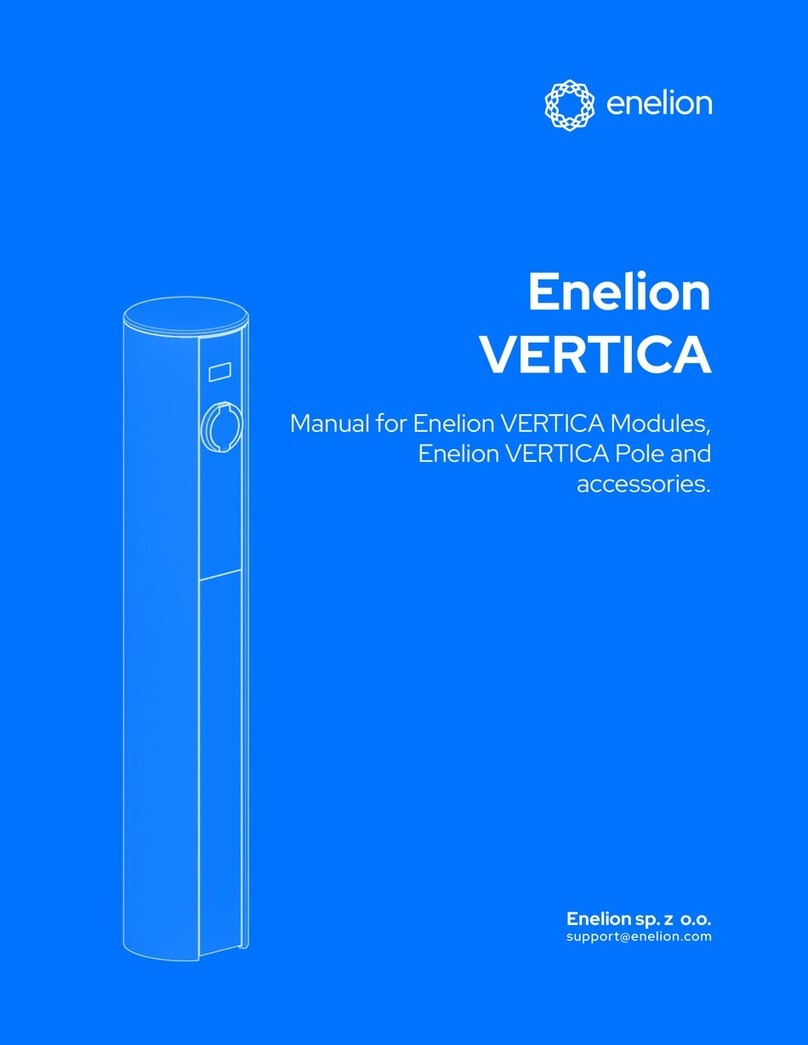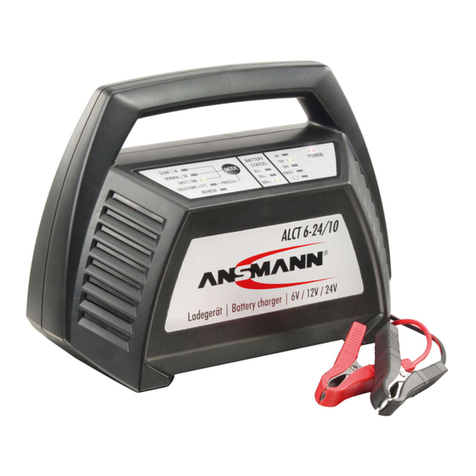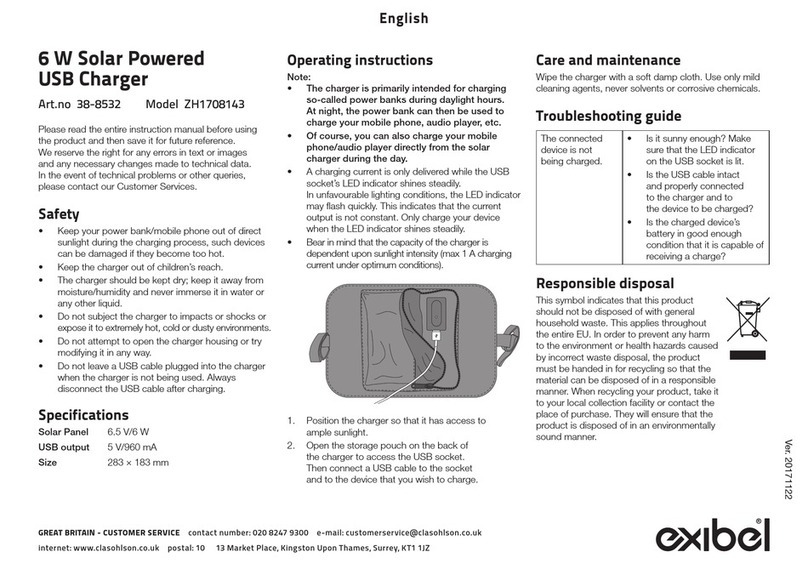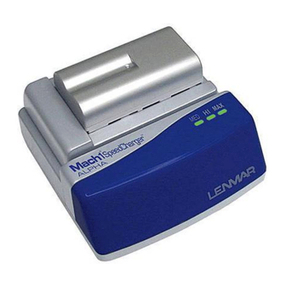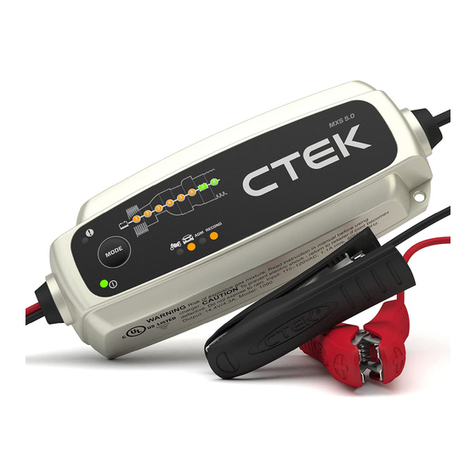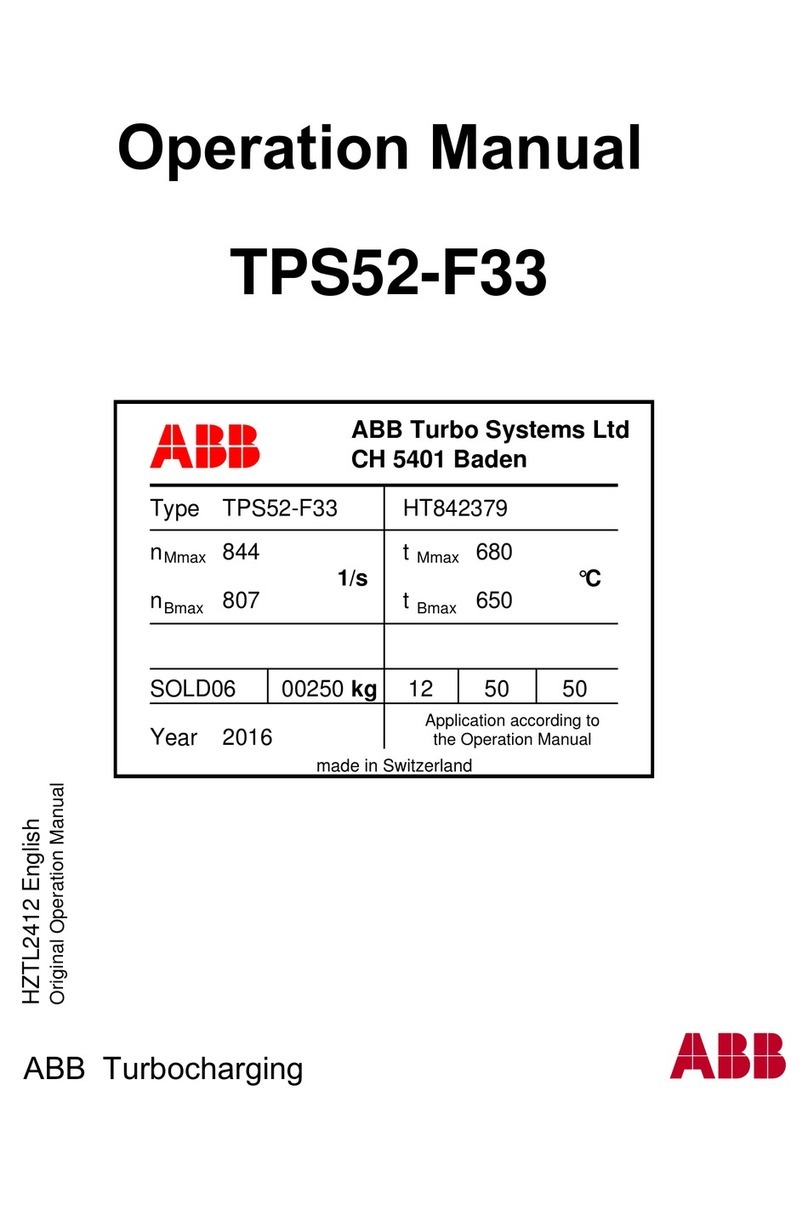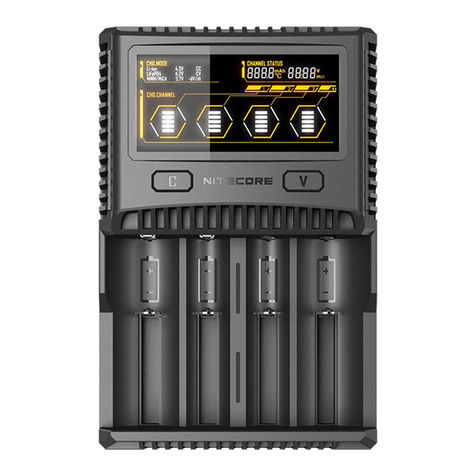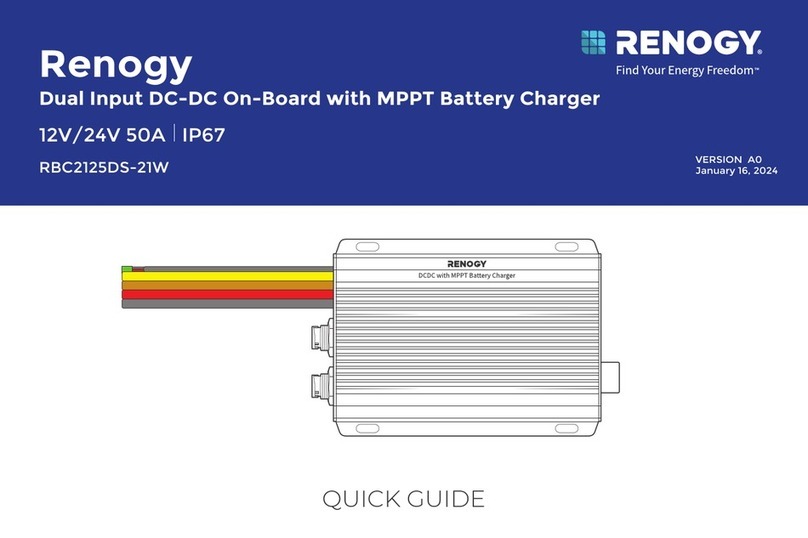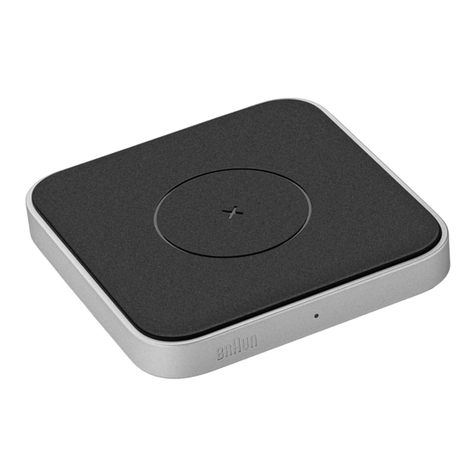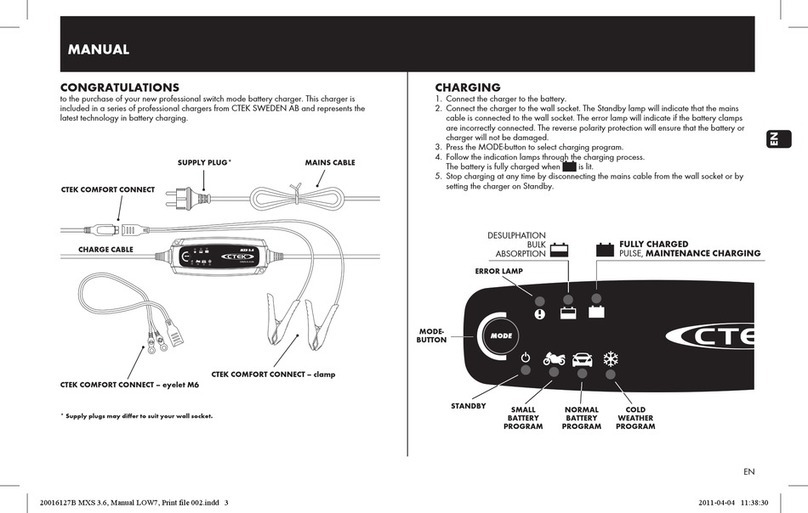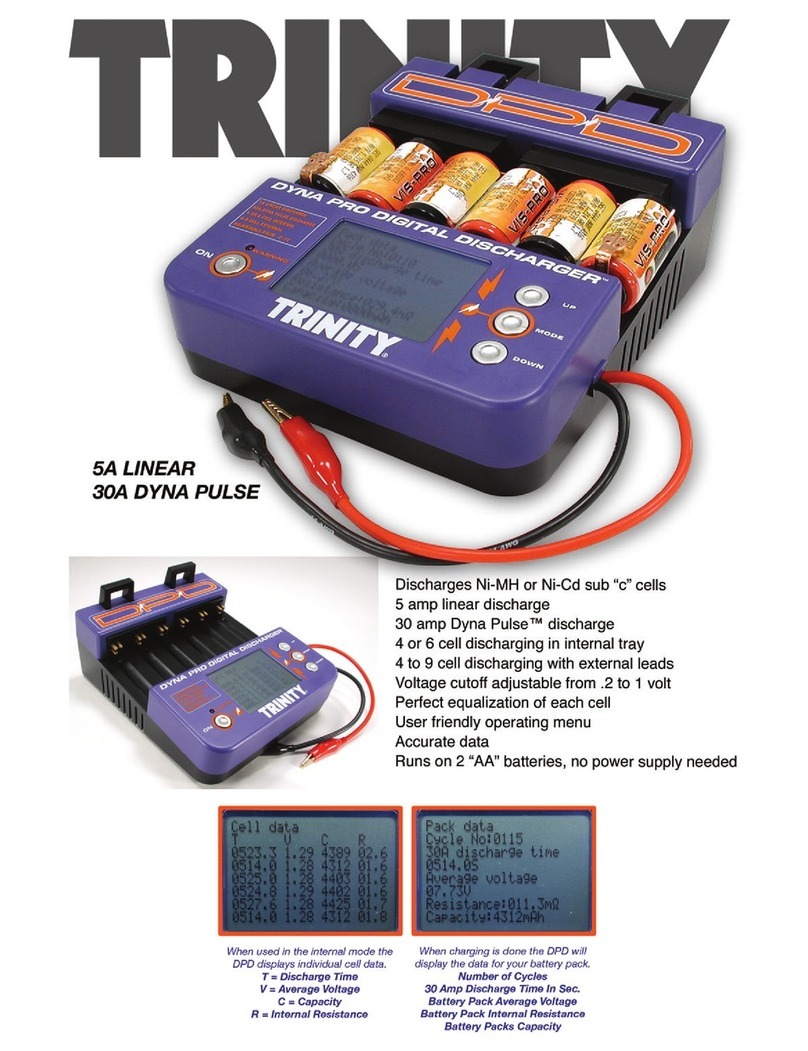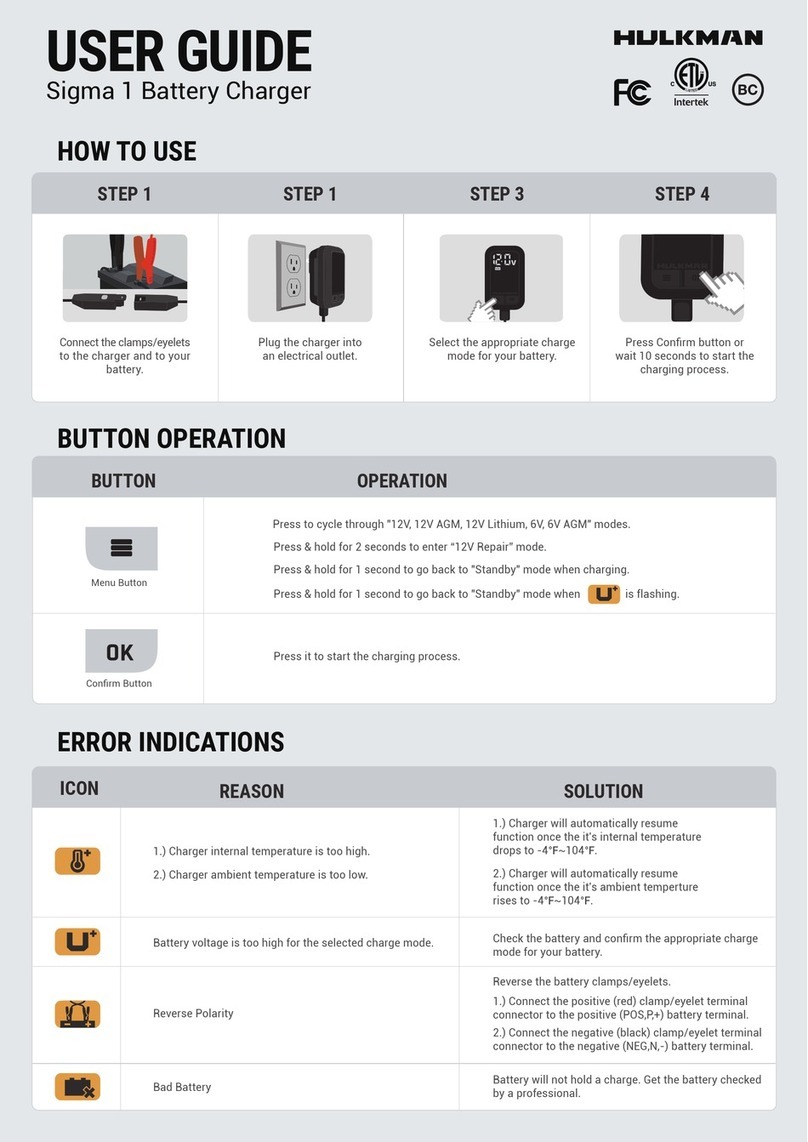
English
9
carburetor, fuel lines, or sheet-metal body parts. Connect to heavy
gauge metal part of the frame or engine block.
6. For a positive-grounded vehicle, connect the negative (black) clamp
from the battery charger to the negative (NEG, N, –) ungrounded
post of battery. Connect positive (red) clamp to vehicle chassis or
engine block away from battery. Do not connect clip to carburetor,
fuel lines or sheet-metal body parts. Connect to a heavy gauge
metal part of the frame or engine block.
7. See operating instructions for length of charge information.
When disconnecting the charger, disconnect AC cord, remove clip from
vehicle chassis, and then remove clip from battery terminal.
CHARGING A BATTERY THAT HAS BEEN REMOVED FROM A
VEHICLE
WARNING – A spark near the battery may cause an explosion. To
reduce risk of a spark near the battery:
1. Check polarity of the battery posts. The positive post (marked
POS, P, +) usually has a larger diameter than the negative battery
post (marked NEG, N, –).
2. Attach a 24-inch (minimum length) AWG #6 insulated battery cable
to the negative battery post (marked NEG, N, –).
3. Connect the positive (red) clamp to the positive battery post (red
or marked POS, P, +).
4. Stand as far back from the battery as possible, and do not face
the battery when making final connection.
5. Carefully connect the negative (black) clamp to the free end of the
battery cable connected to the negative terminal.
NOTE: A marine (boat) battery must be removed and charged on
shore. To charge it on board requires equipment specifically designed
for marine use. This unit is NOT designed for such use.
When disconnecting the charger, always do so in reverse sequence
of connecting procedure and break first connection while as far away
from battery as practical.
Setting Up the Unit
Mounting the Battery Charger
This battery charger is designed so that it can be mounted on a flat
surface. The unit has four mounting brackets at the corners of the unit.
CAUTION – To reduce the risk of product damage:
• Ensure that all installation and operating instructions and safety
precautions are understood and carefully followed by anyone
mounting or using the battery charger. Follow the steps outlined in
the “Important Safety Instructions” section of this manual.
• Always disconnect the charger at AC power source and at battery
terminal before mounting the unit.
• When the battery charger is mounted, do not hang anything additional
on the battery charger or risk of breakage may occur.
Using the Hanging Hook
The hanging hook allows you to position the battery charger for
convenient, hands-free operation.
To deploy the hanging hook, simply lift the hook out of the hook slot
and gently snap it up into position.
To collapse, gently snap the hook back into the hook slot.
CAUTION – To reduce the risk of product damage:
• When the battery charger is hung by the hanging hook, do not shake
the charger or object that it is hanging from.
• Do not hang the charger from any electrical wires or anything that
it is not secure.
• Only use the hanging hook for hanging the charger. The hanging hook
is not intended to support additional weight. Do not hang anything
additional to the hanging hook or risk of breakage may occur.


